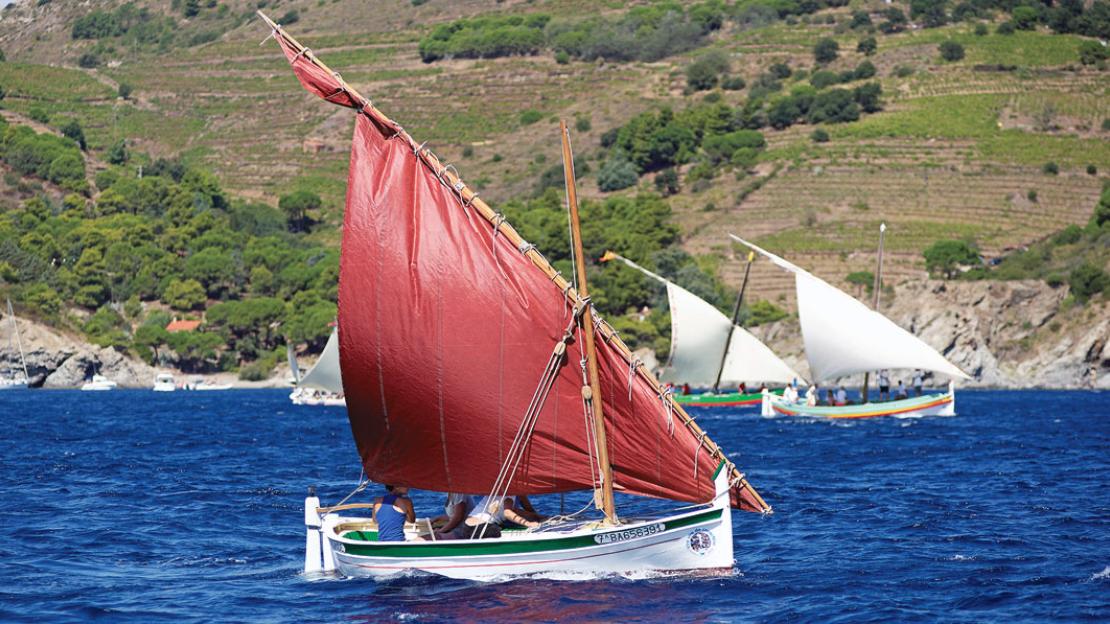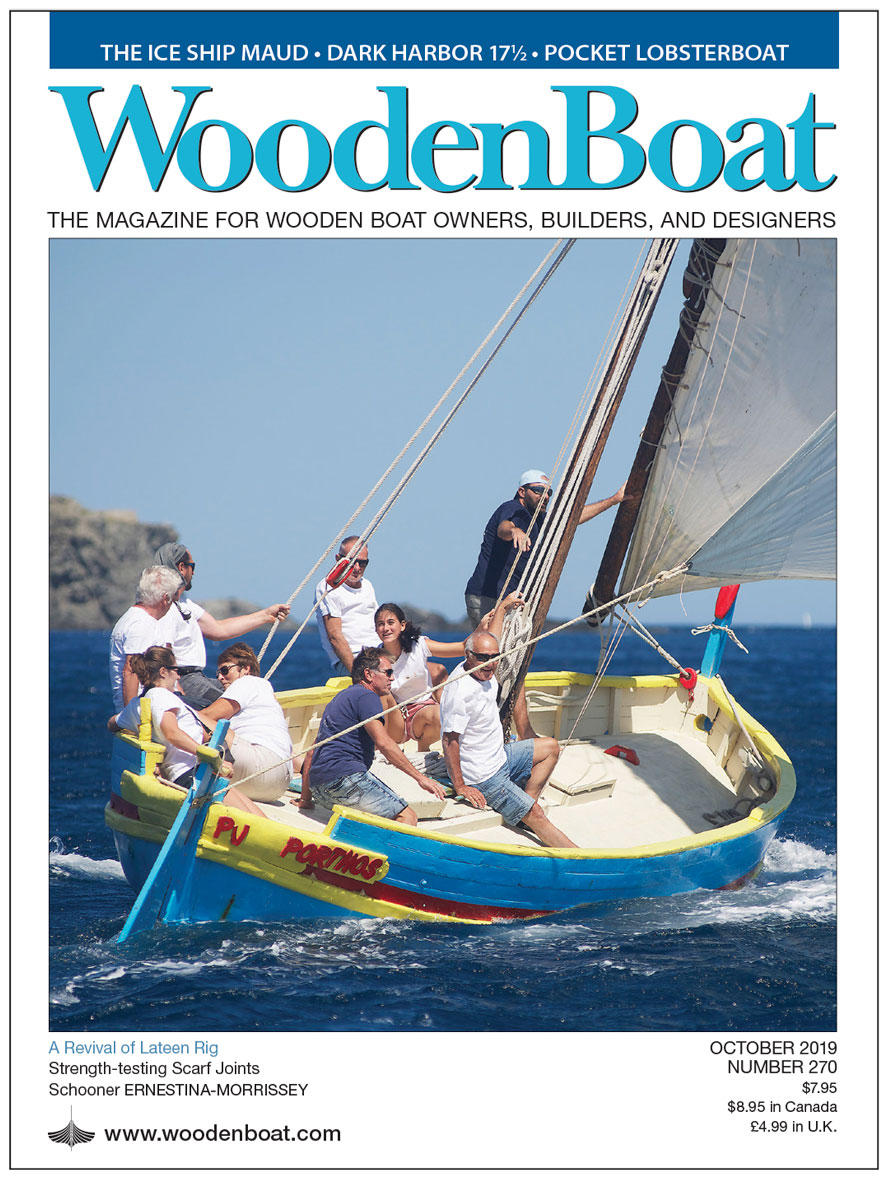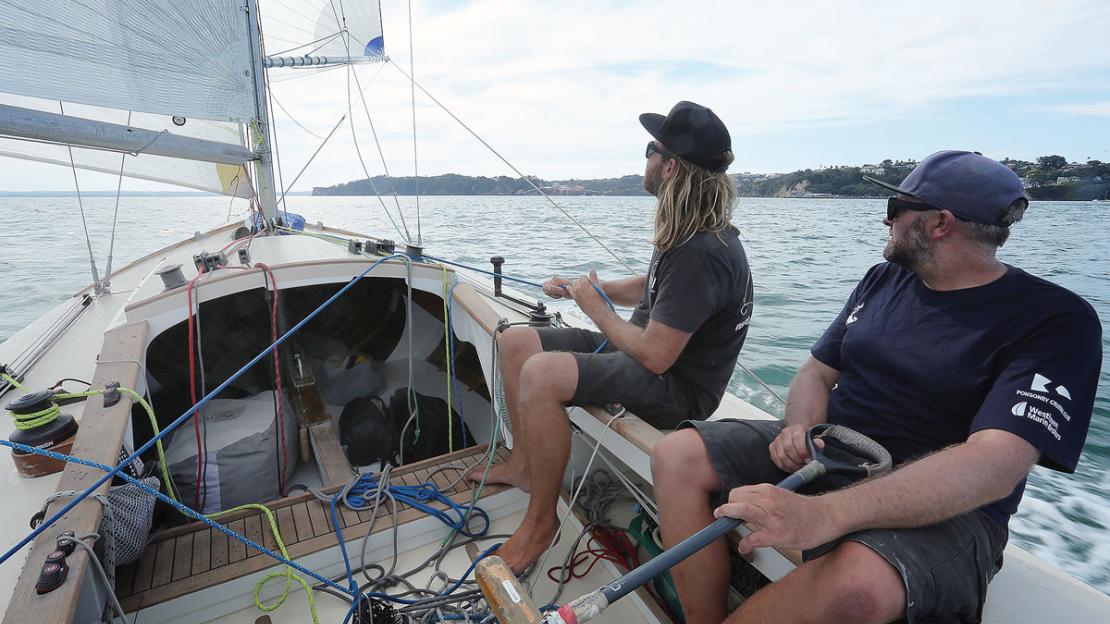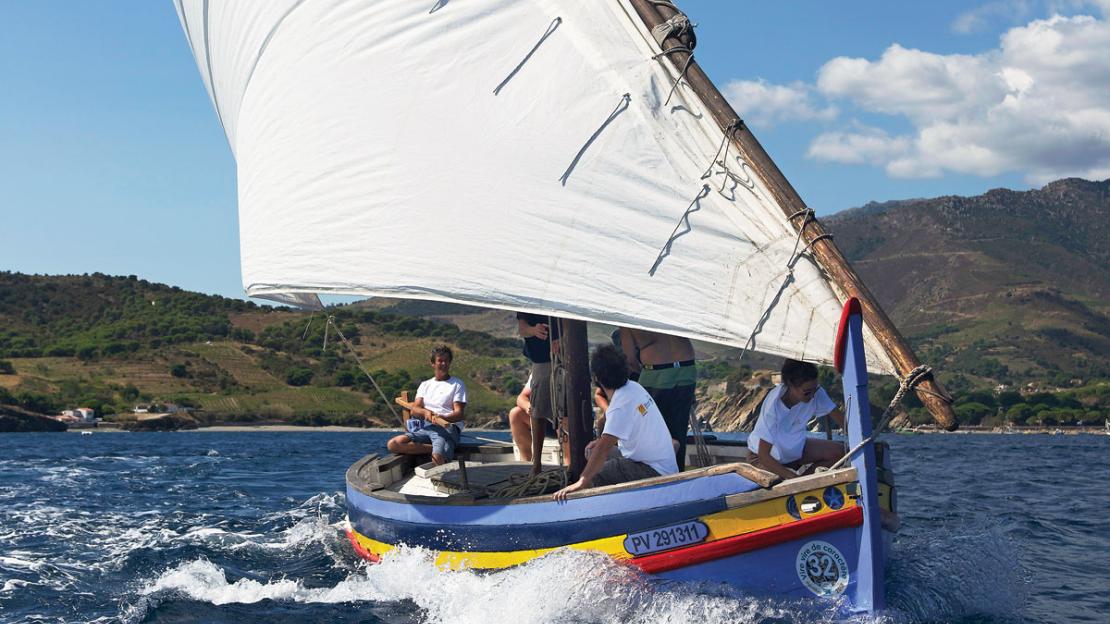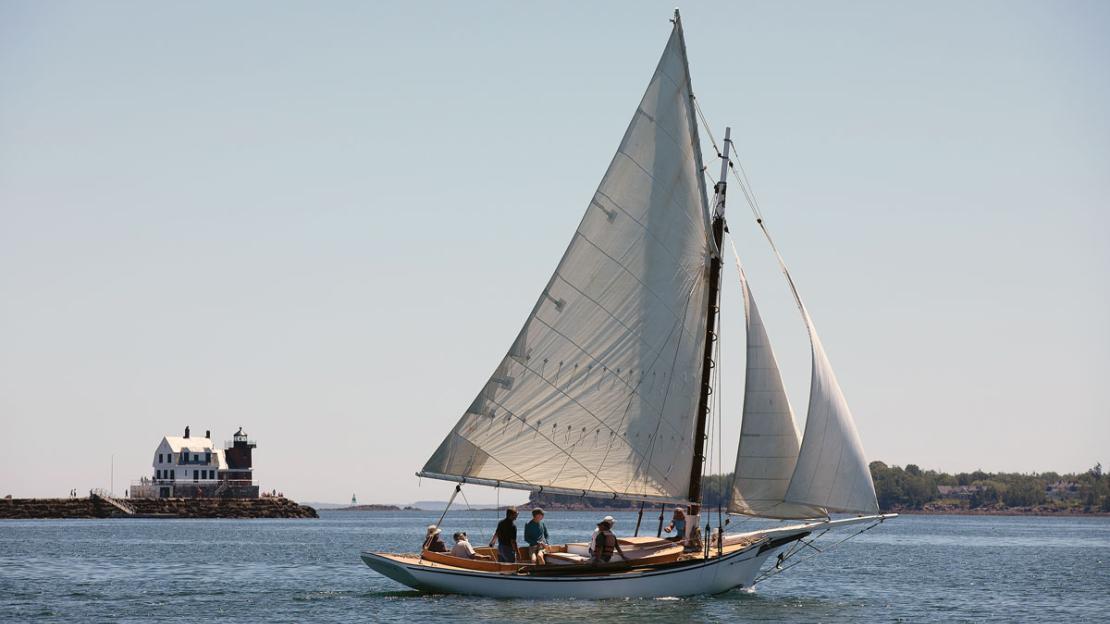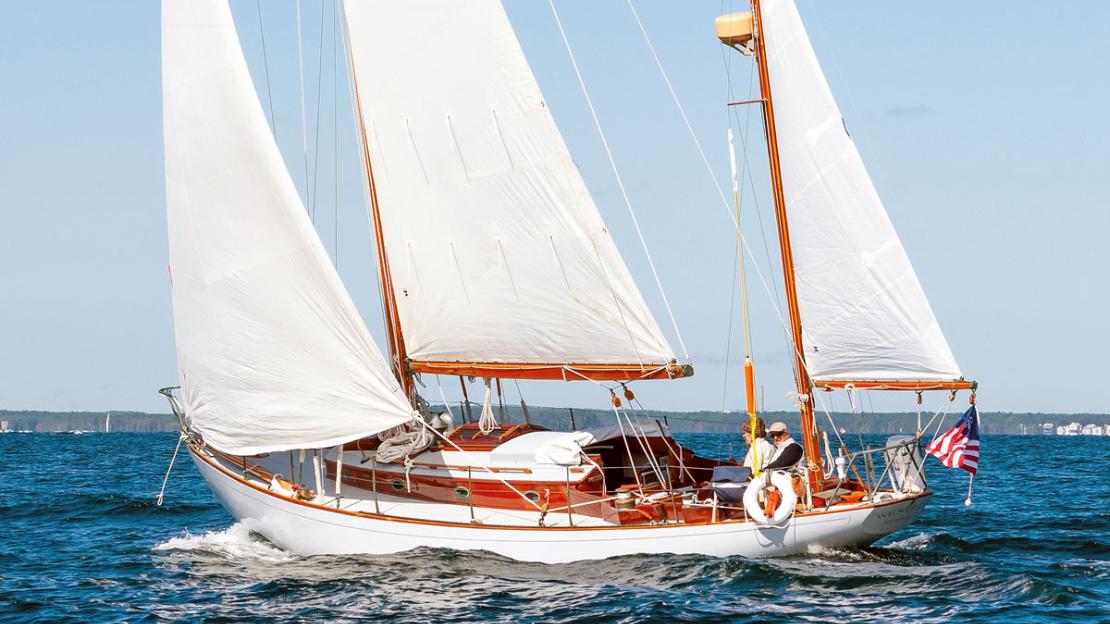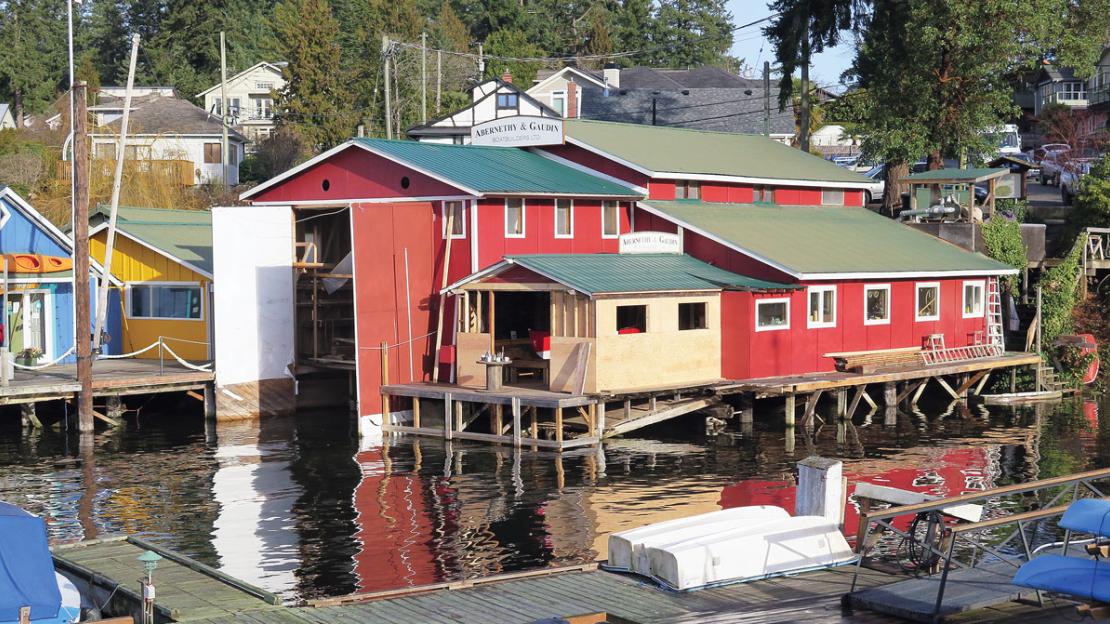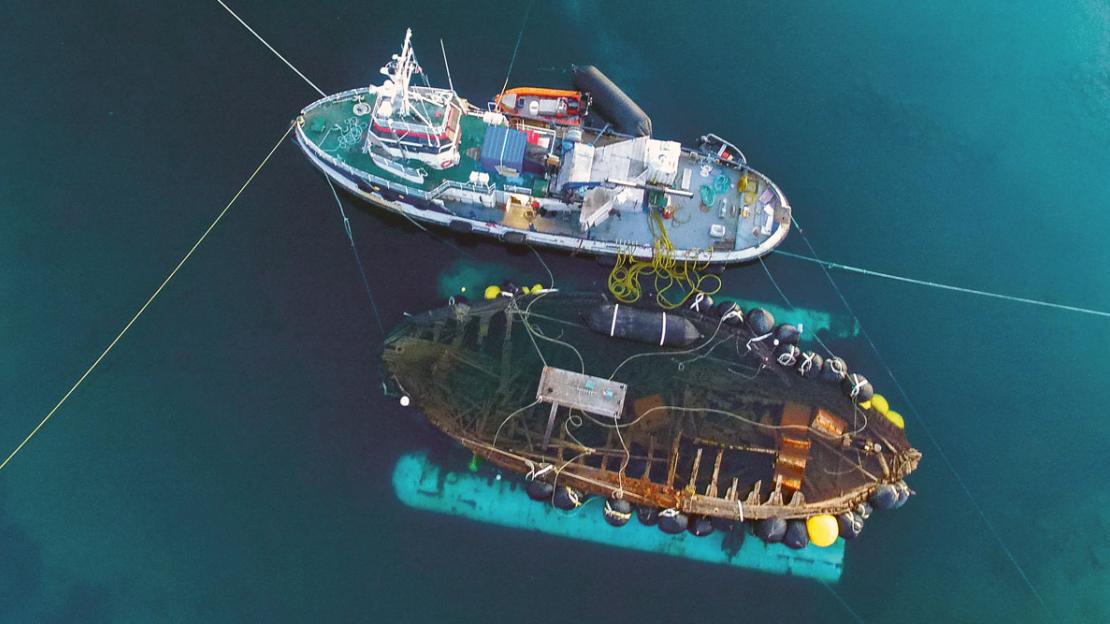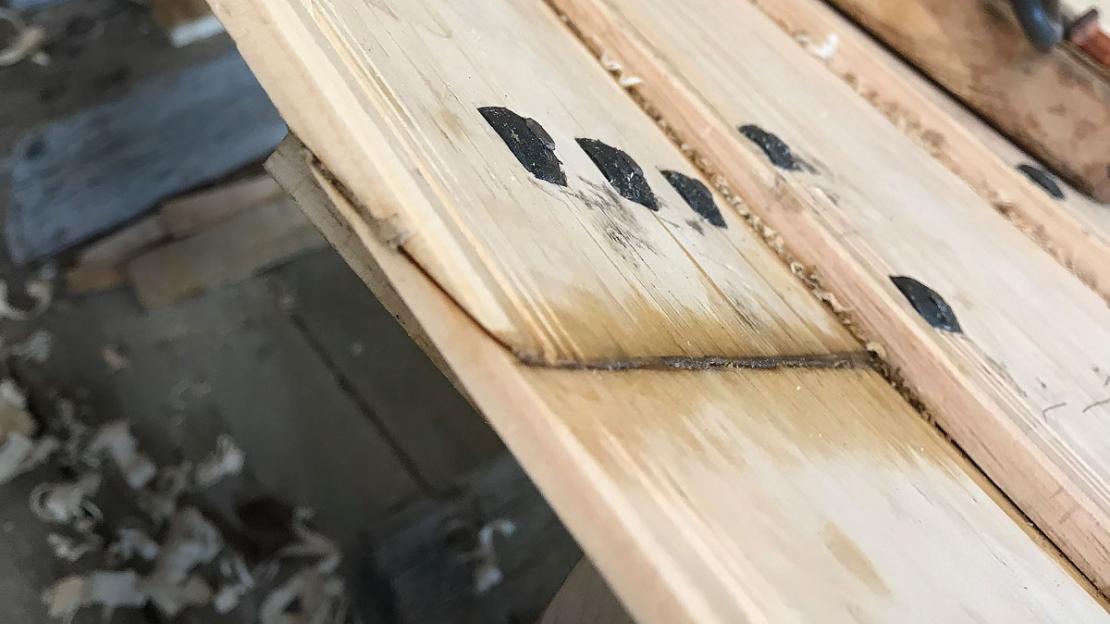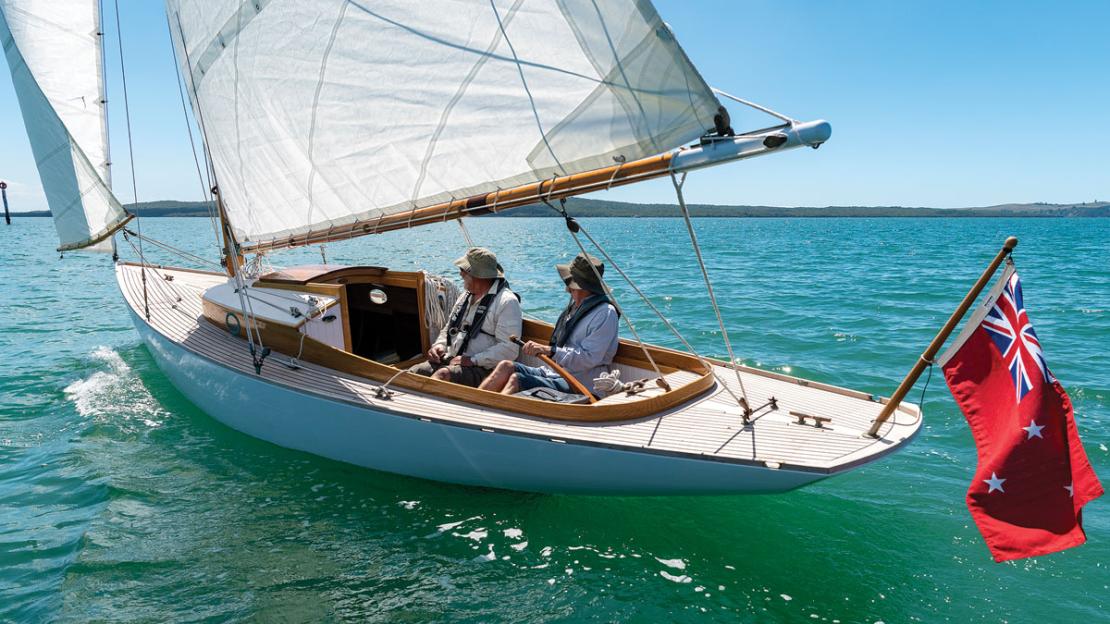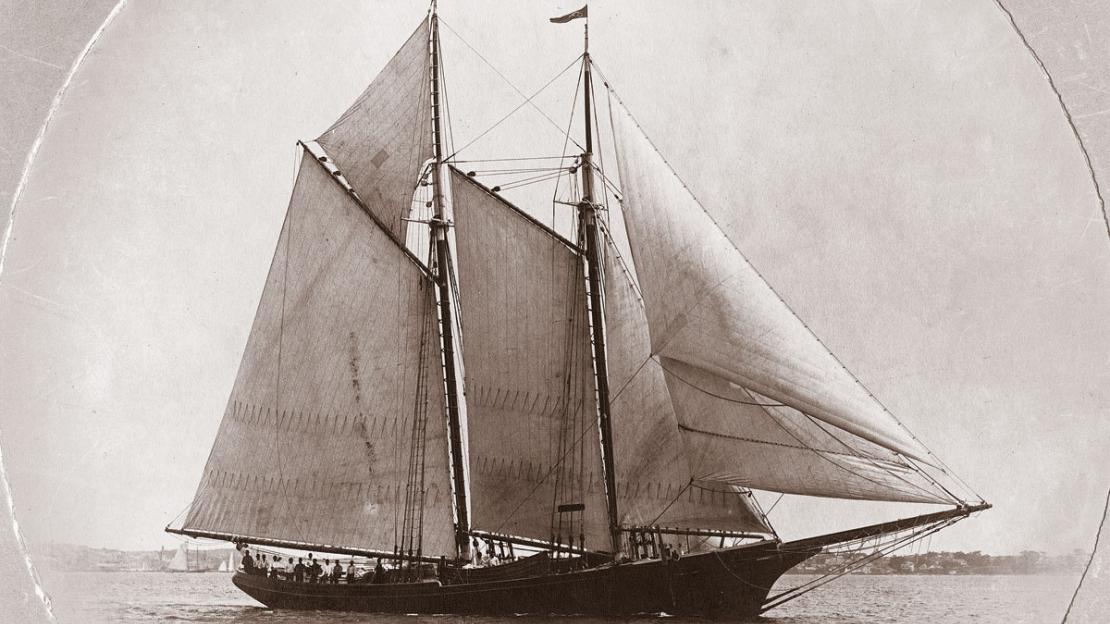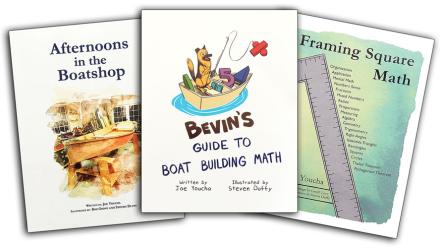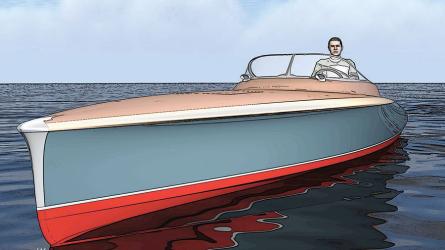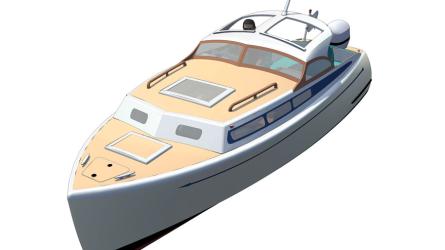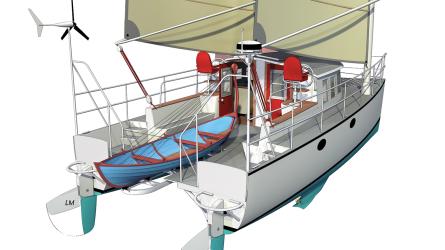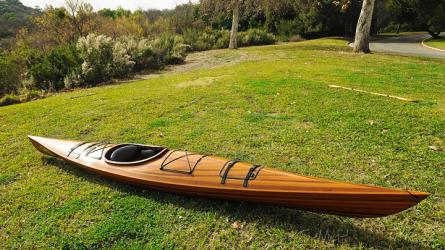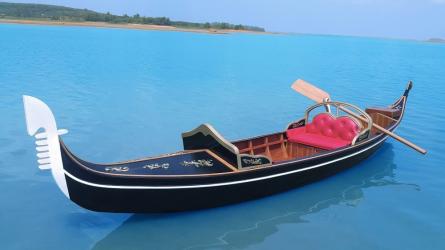No Ordinary Mentor
My very first of many editorial collaborations with Llewellyn “Louie” Howland III was nearly 25 years ago. I was getting my sea legs as the newly promoted editor of this magazine. During the tail-end of the previous editorial administration, Louie had been encouraged to pitch an offbeat, entertaining, and ultimately erudite article called “Why People Own the Boats They Do” (see WB No. 128). It was, at its core, a sociological observation of the parallels between boats and their people. As Louie put it, “I didn’t need a computer in 1953 or 1954 to understand that, at least in broad terms, a boat’s size, age, general state of repair and upkeep, and market value bore some relationship to its owner’s financial worth and sociocultural class.” The essay went on to incisively detail this relationship, with hilarious and unfalteringly spot-on observations of how a boat’s character reflected that of its owner.
But I balked at the article. What was it? It wasn’t boatbuilding. It wasn’t maritime history. It wasn’t sail, power, paddle, or oar. It wasn’t seamanship. It defied the conventional headings of the so-called “matrix” that editors sometimes use in planning their issues. A discussion with Louie ensued, I was convinced to publish the piece, and the subsequent response was voluminous, positive, and appreciative. I walked away from that experience emboldened to try new things—to respect the parameters but limitations of a matrix, and not be bound by
its confines.
I also learned, when I called Louie or he called me, to be poised with a pen and notepad. He spoke clearly, concisely, and quickly—the conversation punctuated with powerful and perfectly placed adjectives. In one of these conversations, we spoke of the photographer Willard B. Jackson, whose work documented the evolution of recreational boating on the North Shore of Massachusetts between 1898 and 1939. Louie suggested there was a book in the subject, and that I ought to write it, and he introduced me to a publisher. This all took no more than a few 10-minute conversations with him, but it led to an 18-month research and writing project, the result of which was Glass Plates & Wooden Boats (Commonwealth Editions, 2006).
Such was the power of Louie’s ideas and intellect, which were informed by deep experience with wooden yachts. He passed one of many yachting summers in 1950s Greenwich Connecticut where, he recalled, “the prevailing breeze was hot exhaust from air-conditioned Bentleys….” His maritime-related heritage was broader than yachting: While his uncle Waldo was the mastermind of the Concordia yawl series, a prime example of which appears beginning on page 50 of this issue, he also had a family legacy of whaling under sail.
You’ll find a long list of feature articles and reviews by Louie in our online index (see www.woodenboat.com). These include a four-part biographical series on the designer W. Starling Burgess, a series that formed the underpinnings of Louie’s book-length Burgess biography, No Ordinary Being (David R. Godine, 2014). But what you won’t find in the index is Louie’s subtle influence and mentoring—how he connected other authors to the magazine, how he suggested and shaped ideas during our uncounted short, dense conversations. And you won’t find the messages and lessons that live between the lines of some of his best prose.
The article “Why People Own the Boats They Do” ended with this observation, and then a wish: “We may own the boats we do because of who we are. But always, too, we have it in our power to become who we wish to be because of the boats we own….
“One of these days I hope to build the 92' daysailer that Bill Garden designed for me last year. Her name is GARDENIA, and when I build and sail her, everyone will think what a wonderful fellow I am, and I will sail her to the sea of perpetual sunshine, where the breeze is always just a little forward of the beam, and the beer is always cold, and the only sound you hear is that of GARDENIA’s quarter wave hissing away astern.”
Louie Howland’s obituary appears on page 23 of this issue.

Editor of WoodenBoat Magazine
